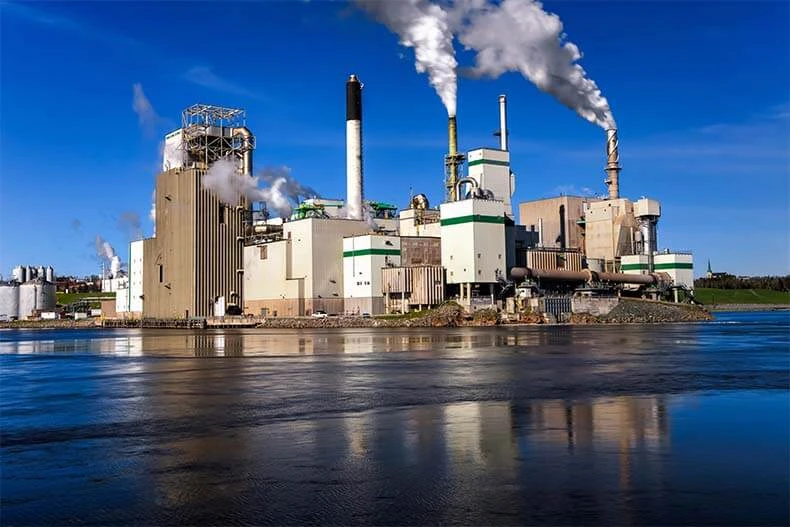REFLECTIVE JOURNAL 3 - Water For All
NAME: MUHAMMAD LUQMAN ANIQ BIN NORHISHAM
MATRIC NUMBER: 2214447
COURSE TITLE: SUSTAINABLE DEVELEOPMENT: ISSUES, PRINCIPLES AND PRACTICES
COURSE CODE: SCSH 1201
SECTION: 807
INSTRUCTOR'S NAME: ASST. PROF DR. NILAR WIN @ FAHMIDA
UNIVERSITY- INTERNATIONAL ISLAMIC UNIVERSITY MALAYSIA
Assalamualaikum everyone, for today I will talk about our 6th SDG which is clean water and sanitaion. Quoting the saying from H. Auden, “Thousands have lived without love, not one without water.” This shows that water is one of if not the most important thing in our life as a human being.
The most valuable resource for humans is water. To maintain human' health and their capacity to study in school, water accessibility and good sanitation are crucial. Water supply and sanitation have an intriguingly close relationship. Every institution or buildings that needs basic sanitation must have a reliable water supply. Water source such as taps and wells are examples of sanitation facilities in this sense. This definition of sanitation by the WHO, which speaks of the provision of facilities and services for the secure disposal of human urine and faeces, can be agreed upon.
However, around the world in this moment, 785 million people lack access to even the most basic source of drinking water, including 144 million people who depend on surface water. At least 2 billion people worldwide consume water that has been tainted with excrement. Diseases including cholera, typhoid, dysentery, diarrhoea, and polio can all be spread by contaminated water. 485 000 fatalities from diarrhoea are thought to result from contaminated drinking water per year.

One of the challenges in preventing this problem to happen is the weakness in industrial waste water management is one of the main reasons of water pollution in the world. “Many industrial facilities use clean water to carry away waste from their plants into rivers, ponds and lakes”. Most of the factories do not have any wastewater treatment system and many industrial zones and trade villages do not have a central waste water treatment methods. Industrial waste water is directly discharged into lakes, ponds, and rivers, causing serious pollution of water. For instance, according to environment survey in 2009, a paper company daily discharges so many amount of waste water containing high levels of toxins more than the standard allows. And of course, it is all because of money. People will not even bother to look or care about the environment when it comes to this(money).

As the solution, the federal government has delegated responsibility for wastewater treatment to the provinces and territories. Most provincial and territorial governments have legislation regarding wastewater treatment standards and requirements. The province or territorial government must issue operators of wastewater treatment facilities with permits or licences, and these permits may also call for additional treatments or restrictions on effluent releases. This is important so that these factories will not keep doing this activities in the future.
The various types of contamination of wastewater require a variety of strategies to remove the contamination. Most industrial processes especially factories have onsite facilities to treat their wastewaters so that the pollutant concentrations in the treated wastewater comply with the regulations regarding disposal of wastewaters into sewers or into rivers, lakes or oceans. Constructed wetlands are being used in an increasing number of cases as they provided high quality and productive on-site treatment. There are so many kind of treatment that the factories can do to treat this wastewater such as, an API oil-water separator, for removing separate phase oil from wastewater, a clarifier, for removing solids from wastewater, a roughing filter, to reduce the biochemical oxygen demand of wastewater, a carbon filtration plant, to remove toxic dissolved organic compounds from wastewater. and last but not least an advanced electrodialysis reversal (EDR) system with ion-exchange membranes. This is all to ensure that the quality of the waste released will not harm the citizens that live in the area and depends on the water source.
As the conclusion, everyone, not just the industrial sectors need to play their part in ensuring the water we have is clean , so that the water we use drink, bath and cook is safe to use.


Comments
Post a Comment